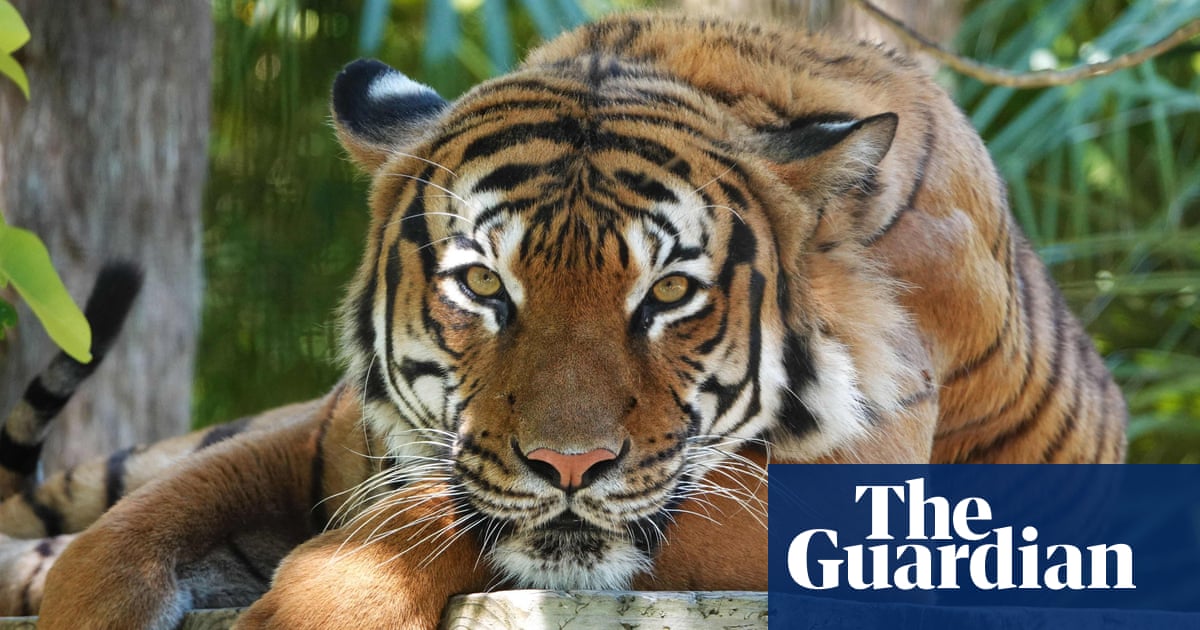
From tigers to cheetahs, big cats may seem majestically aloof but researchers have found they can tell apart familiar and unfamiliar human voices, suggesting that even animals that shun group living are far from socially inept.
While cats are often portrayed as somewhat standoffish, researchers have previously found that domesticated felines can tell apart the voice of their owner from that of other humans.
Now researchers have found the pets’ exotic cousins, including tigers, cheetahs and cougars, also have an ear for different tones – at least when living in captivity.
Prof Jennifer Vonk, of Oakland University, in Rochester, Michigan, who co-authored the research, said the findings could reflect the need for such animals in the wild to identify their own cubs and keep tabs on who might be in their neighbourhood. She said the skill could also help them pay attention to alarm calls from other species.
“We shouldn’t just assume that sociality is only about group living and that only group living is important for cognition,” she said.
Writing in the journal PeerJ, Vonk and colleagues report how they studied lions, clouded leopards, snow leopards, servals and other exotic cat species that lived in captive settings such as zoos, sanctuaries and nature preserves.
After an initial pilot study involving seven cats from five species, the team carried out a larger study involving 24 cats of 10 species, 16 of which had been hand-reared by humans and eight reared by their own mother.
Each cat was exposed to audio recordings of three unfamiliar humans speaking the same phrase – “Good morning, how are you doing today?” – followed by a recording of the same phrase in a familiar voice, for example that of the animal’s keeper. A final, fifth recording featured another unfamiliar voice repeating the phrase.
The process was then repeated using recordings from the same people but this time featuring the name of the exotic cat.
The team recorded and analysed the cats’ reactions and behaviours in response to each playback – such as a shift in gaze, head movement, moving towards or away from the sound, or vocalisations such as hisses or growls.
The results reveal that regardless of sex or whether the cats were hand-reared or mother-reared, they responded far more quickly, for longer and with greater intensity to the familiar human voice than to the four unfamiliar voices.
The results held even when lions – the only wild cat known to live in large social groups – were excluded from the analysis. The inclusion or omission of the cats’ names in the phrases made little difference.
“I was surprised the results were as clearcut as they were,” Vonk said.
The team say the results also suggest that the ability to tune into individual human voices is not a result of domestication but simply down to regular exposure to humans, with Vonk positing that similar results would probably be found in cats in the wild – provided they heard the same human voices often enough.
However, the study has limitations, including that the small sample size meant the team could not separate results by species, while all of the cats were housed in captivity, with most reared there.
“I think for the public it’s interesting to think that even non-domestic cats are registering who’s looking after them,” Vonk said. “It suggests that they may not be as aloof and indifferent as they sometimes have the reputation for.”












